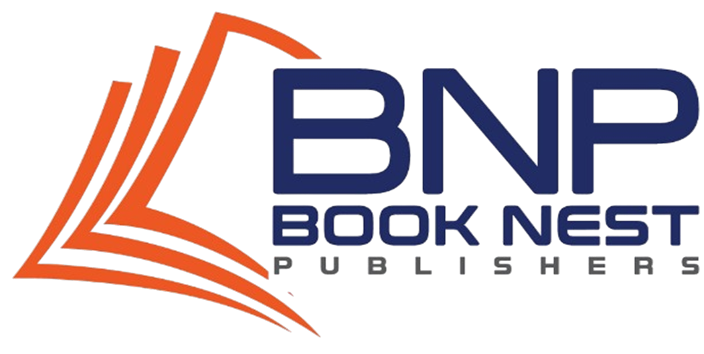Publishing a book is a dream for many people, but for a long time, that dream depended entirely on the approval of book publishers. Authors had to submit manuscripts, wait months for responses, and often face rejection after rejection. Today, the rise of self-publishing has changed the game. With the right approach, you can bring your story to readers all over the world — on your terms.Whether you’re working on a novel, non-fiction guide, or children’s story, understanding how to self-publish a book can give you full creative control, faster turnaround times, and a higher share of royalties. This guide will walk you through every step, from book writing to book formatting, to marketing your published work.

Step 1: Complete and Polish Your Manuscript
Your manuscript is the foundation of your publishing journey. If you want readers to love your book, it needs to be well-written, well-structured, and free from errors.
Even if you’re confident in your book writing skills, it’s a smart move to work with a professional editor. Editors bring fresh eyes to your work, catching grammar mistakes, awkward phrasing, or plot inconsistencies you may have overlooked.
Tips to get your manuscript ready:
- Finish the first draft before editing — don’t get stuck in endless rewrites.
- Use beta readers from your target audience to gather feedback.
- Consider hiring a developmental editor for big-picture story improvements.
Step 2: Choose Your Self-Publishing Platform
One of the biggest advantages of self-publishing is that you can choose where and how to release your book. The most popular choice is Amazon book publishing through Kindle Direct Publishing (KDP), which offers free global distribution for both eBooks and print-on-demand paperbacks.
Other options include:
- Lulu book publishing – Known for high-quality print options and flexibility.
- IngramSpark – Ideal for reaching bookstores and libraries.
- Children’s book publishing companies – Specialized services for illustrated and educational books.
Your choice should match your goals. If your priority is reaching as many readers as possible, Amazon KDP is a great starting point.
Step 3: Prepare Professional Book Formatting
Many new authors underestimate the importance of book formatting, but it’s one of the most critical parts of the publishing process. Formatting ensures your book looks professional and is easy to read, both in digital and print formats.
For eBooks, formatting includes:
- Proper chapter breaks
- Clickable table of contents
- Consistent font styles and spacing
For print books, it also means:
- Correct page margins
- Page numbering in the right places
- Professional typesetting for a clean look
If formatting isn’t your strength, you can hire a book publishing professional or use tools like Kindle Create, Vellum, or Adobe InDesign.
Step 4: Create an Eye-Catching Cover
In the world of book publishing, your cover is often the first thing a potential reader sees — and it plays a big role in whether they click “buy.” Your cover should be professional, genre-appropriate, and easy to read in both full size and thumbnail images.
Cover design tips:
- Hire a designer experienced in working with self-published authors.
- Choose fonts and colors that fit your genre.
- Make sure your title and name are clear even at small sizes.
Step 5: Upload Your Book
Once your manuscript and cover are ready, it’s time to publish. If you’re using Amazon KDP, the process is straightforward:
- Sign in to your KDP account.
- Create a new title and choose eBook, paperback, or both.
- Upload your formatted manuscript and cover.
- Add your book description, keywords, and categories to help readers find you.
This is also where you’ll set your price and select royalty options.
Step 6: Market Your Book
Publishing is only half the job — now you need to let people know your book exists. Successful authors use a mix of online and offline marketing strategies:
- Author website & blog: Share updates, behind-the-scenes posts, and articles about your book writing journey.
- Social media: Use platforms like Instagram, TikTok, and Facebook to connect with readers.
- Email lists: Build a direct connection with your audience by sending them updates and special offers.
- Promotional campaigns: Run limited-time discounts or giveaways to boost visibility.
Step 7: Understand the Pros and Cons of Self-Publishing
Pros:
- Full creative control over your work
- Higher royalty percentages than traditional book publishers
- Faster time from manuscript completion to publication
Cons:
- You handle all aspects of book publishing (editing, book formatting, marketing) yourself or outsource them at your own expense
- Your sales depend heavily on your own promotion efforts

Final Thoughts
Self-publishing has opened doors for countless writers who might never have been picked up by traditional book publishers. By mastering the steps — from strong book writing to polished book formatting — you can create a professional-quality book and get it into the hands of readers worldwide.
If you’re ready to share your story, there’s never been a better time to start. And if you need expert help with editing, formatting, or cover design, services like Booknest Publishers can guide you through every step of the book publishing process.


